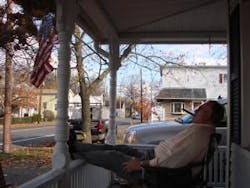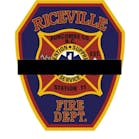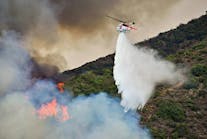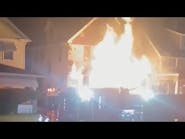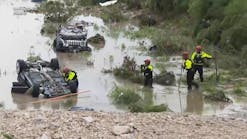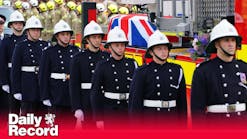Let's take a look at some of the elements that make up the operation of a fire department. The first thing we need to explore is the facility itself. A fire department’s facilities include buildings or areas for personnel, apparatus, equipment, and supplies; administrative offices; communication's functions; training facilities; and maintenance. In smaller organizations, these functions often are contained in one building; larger organizations, however, might use several facilities in different locations.
It is critical to note that when location and design of … facilities are poor, fire station related injuries increase, as do costs for maintenance, energy consumption, and operations" (Bryan and Picard, 1979, p. 500).
It is important to note that a poor structure can have a strong negative impact upon the critical element of organizational morale. The fire station is the single, most vital unifying element in a fire department. As the center of a community’s fire-fighting operations, the station is a symbol of the protection of lives and property.
A fire station’s upkeep involves routine activities and management decisions by either the chief or another officer or bureau whose specific duties include handling matters related to the station, such as major maintenance and renovation. In volunteer departments, a committee representing the membership might manage the building and might even be able to recommend building a new station.
If the site and capabilities of an existing fire station have no inherent problems, management has the responsibility to properly maintain the building so that it will remain functional in the future. If the present building is not adequate to meet fire fighter and/or community needs, and if funds have not been budgeted to build a new station in the near future, then the department must “make do” with the facilities and initiate steps to alleviate some of the problems that make it important to rebuild or relocate.
For example, the department in a growing community may need another pumper for effective suppression of fires and may be able to purchase it. The existing station, however, might not have enough space to house the new pumper.
If the existing station is near a municipal maintenance facility that houses large trucks, the department might be able to park the new pumper at that location until a new station can be built or the existing station be enlarged. Storing the pumper at a municipal facility would be a simple, though temporary, solution.
If the protection capabilities of the present fire station have become insufficient because of the community’s growth, the construction of a new fire station may be considered a necessity. Major emphasis is placed on obtaining approval to build a new fire station.
A fire department relies on recommendations based on the type of hazards it serves to determine whether another fire station is needed and to support a request to authorities. Once a department obtains approval to build a new station, there are a great many related decisions which follow, primarily concerning the location and design specifications of the station. More on this critical topic next time around.

Dr. Harry Carter
HARRY R. CARTER, Ph.D., who is a Firehouse contributing editor, is a fire protection consultant based in Adelphia, NJ. He is chairman of the Board of Commissioners in Howell Township Fire District 2 and retired from the Newark, NJ, Fire Department as a battalion commander. Carter has been a member of the Adelphia Fire Company since 1971, serving as chief in 1991. He is a life member and past president of the International Society of Fire Service Instructors and life member of the NFPA. He is the immediate past president of the U.S. branch of the Institution of Fire Engineers (IFE) of Great Britain. Carter holds a Ph.D. in organization and management from Capella University in Minneapolis, MN.
Connect with Harry:
Email: [email protected]
